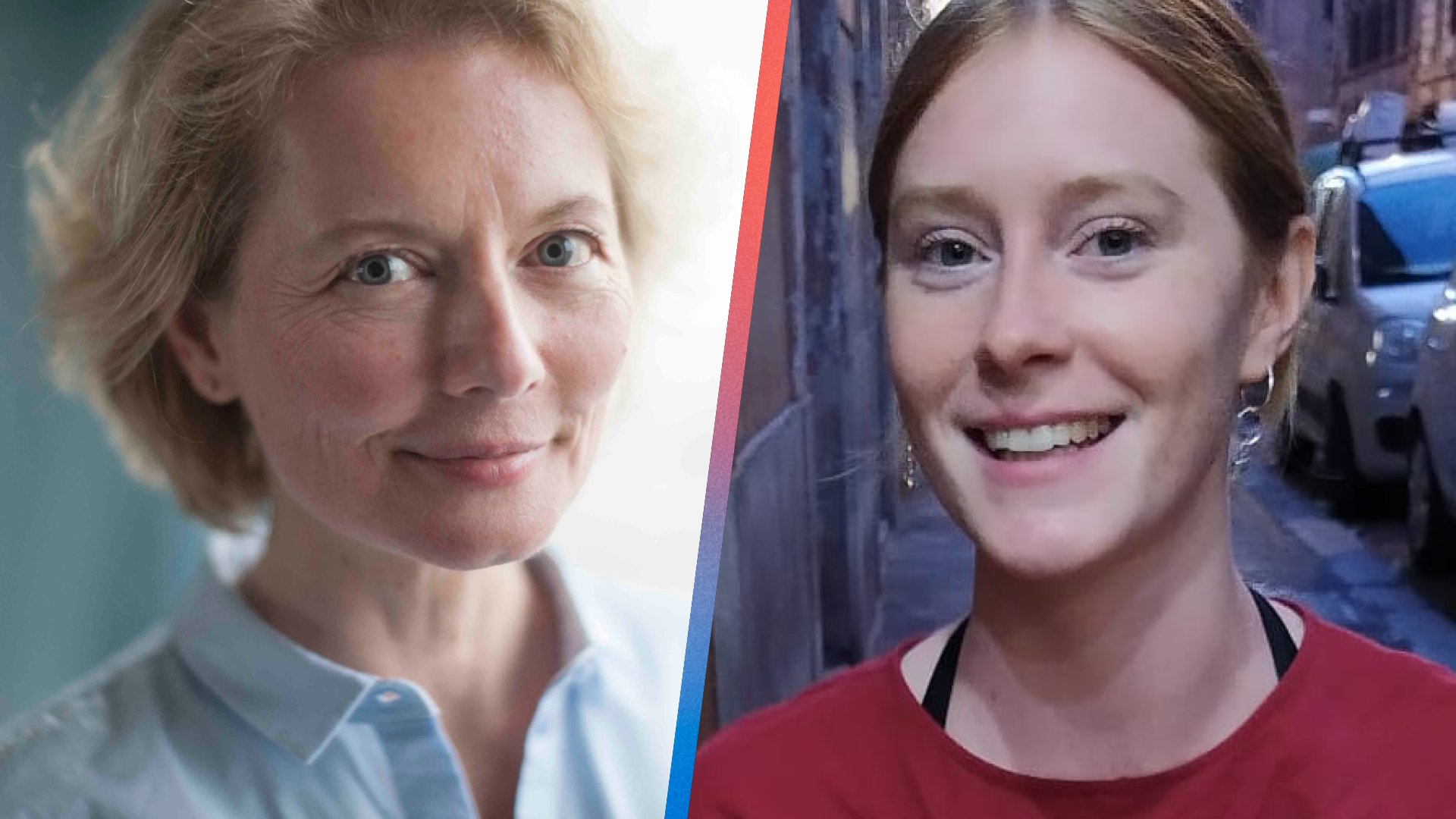Susi Gutsche, Olga Kisseleva and Liu Bauer are the winners of the artistic residencies we promote in collaboration with MAXXI- Museo nazionale delle arti del XXI secolo, in the framework of the European project S+T+ARTS | Repairing the Present.
The S+T+ARTS initiative is a program funded by the European Commission aiming at bringing artistic perspectives into the innovation process to address current challenges in today’s society. The initiative, through the previous editions, has already launched 125 residencies all over Europe, in agreement with the Green Deal and determined to set up a new European Bauhaus to define an aesthetic for the biggest challenge Europe is now facing together with the rest of the world: the climate crisis.
Our laboratory in Rome is now entering into the heart of the project launching, together with MAXXI, the two artistic residencies won by Susi Gutsche and Olga Kisselva with Liu Bauer, who will develop their artistic projects during the next months. In addition to those promoted by us and MAXXI, the overall initiatives counts 21 residencies in 12 European countries, all promoted by some of the most important institutions and innovation centres in Europe: Art Hub Copenhagen, CYENS, MEET, CCCB, In4Art, STATE, Onassis Stegi, Kerniskova, Snowball & Gluon, Ars Electronica.
But let’s move now to the detail of what our winners will create in the next few months! All the artists participated to a competition answering to two main challenges: Big Data and the City and Improving Urban Sustainability. The first one won by Susi Gutsche and the second one won by the duo composed by Olga Kisseleva and Liu Bauer.
Susi Gutsche
Susi Gutsche is an artist with a background in art history. She completed her master studies in Social Design – Arts as Urban Innovation at the University of Applied Arts in Vienna. Besides these qualifications, she participated in archaeological excavations and worked in a clinical research setting, including laboratory work. She works with multiple media, such as video, photographic documentation, performance, casting and mould making, while experimenting with unconventional materials. Collecting images and objects is one of her primary research methodologies. The focus in her previous projects lies on societal processes in urban contexts: Death, Isolation and (Bio)diversity; «Right to Green» in cities, ground/soil sealing, allotments and participative processes.
Trace your Waste: Urban Garbage Mobility
The project aims to observe and visualise movements of our garbage and explore possible impacts on future urban life within the context of waste. Gaining more knowledge and data in order to understand the usually hidden dynamics can produce a wider discussion and understanding of challenges and problems. How to pave the way to a resilient waste mobility?

Olga Kisseleva&Liu Bauer
One of the key figures in the international “art & science” field Olga Kisseleva approaches her work as a scientist. She calls upon collaborations with exact sciences, biology and geophysics and she strictly respects the methods of each domain. Kisseleva has had major exhibitions in Modern Art Museum (Paris), Museo Nacional Centro de Arte Reina Sofia (Madrid) Fondation Cartier for contemporary art (Paris), Centre Georges Pompidou (Paris), Guggenheim Museum (Bilbao), NCCA (Moscow). Her works are in the world’s most important collections: Centre Pompidou, Louis Vuitton Foundation, ZKM, NY MoMA. She teaches contemporary art at Sorbonne University, she is the head of the Art&New Media program and Founding director of Art&Science International Institute.
Liu Bauer is a researcher and PhD in Theoretical physics from Humboldt University. She has been working on urban and architectural projects and her recent focus is on citizen science and open city-data. She is currently developing these topics in the City Interaction lab in Montreuil, France.
Cities live like Trees
The idea is to map, based on the combination of citizen science and data processing algorithms, human emotions from citizens and link them with tree memories and location, as well to provide new spaces in the cities for citizens to recharge. The idea behind is that using the power of trees inter-connectedness, we can repair city spaces, which are full of emotions of solastalgia and nature-lack-disorders.




